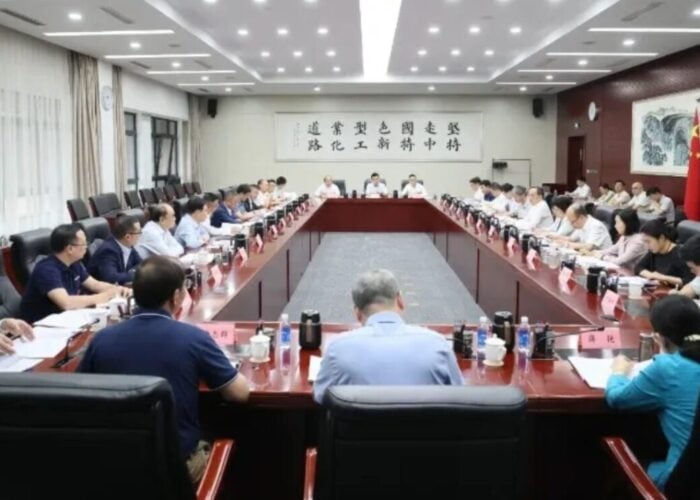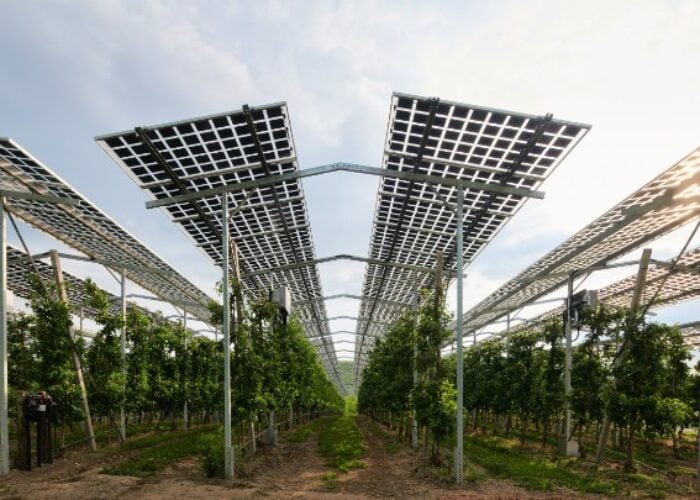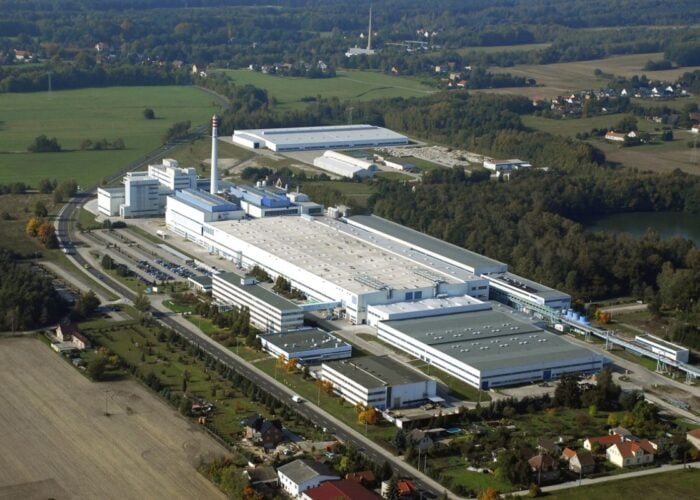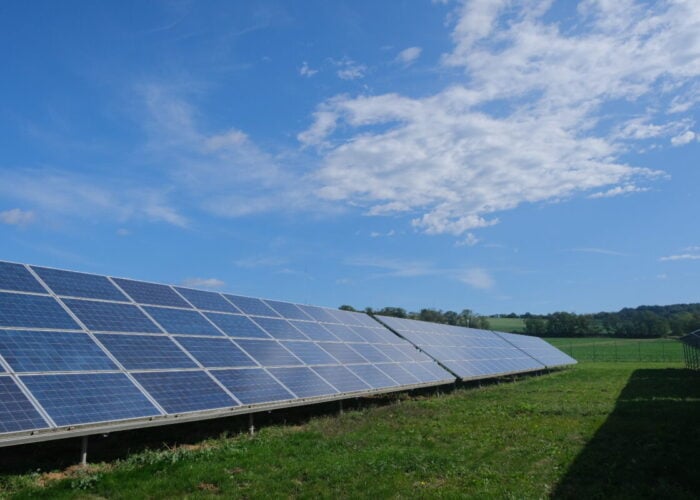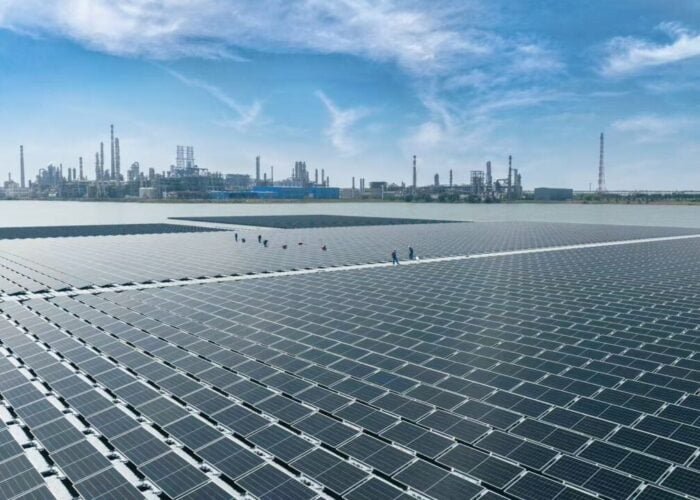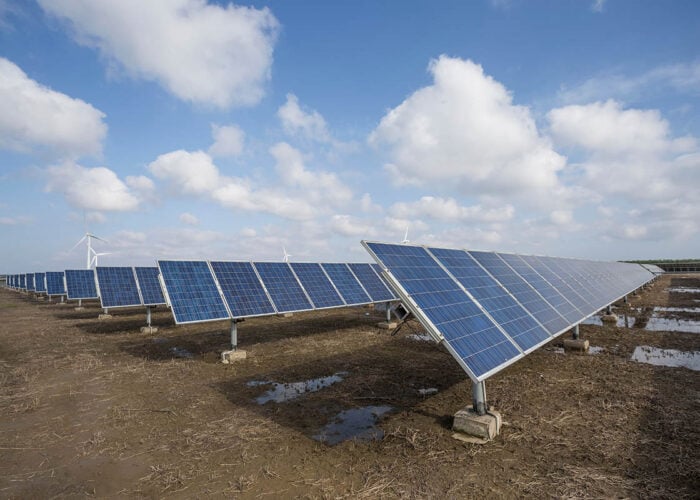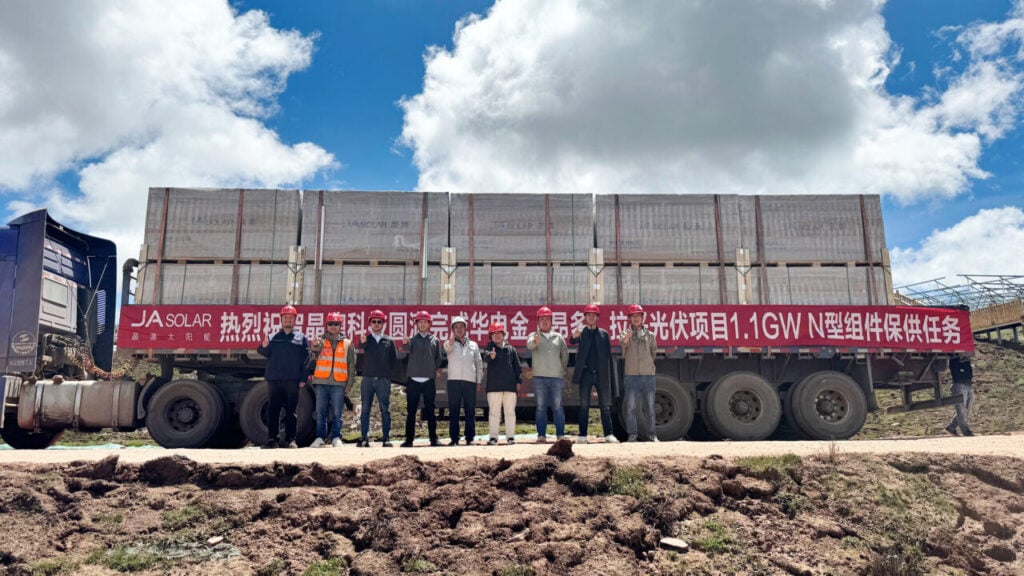
Chinese module manufacturer JA Solar has supplied 1.1GW of modules for two animal husbandry and what it calls “PV complementary” projects in the Latuo County of Tibet.
The company has supplied its DeepBlue 4.0 Pro modules for the projects, which have already been deployed at a 200MW husbandry and PV complementary project in the Tibetan city of Chamdo that was commissioned in November 2023. These n-type modules use JA Solar’s proprietary ‘Bycium+’ cells, and have a power conversion efficiency as high as 25.6%.
Unlock unlimited access for 12 whole months of distinctive global analysis
Photovoltaics International is now included.
- Regular insight and analysis of the industry’s biggest developments
- In-depth interviews with the industry’s leading figures
- Unlimited digital access to the PV Tech Power journal catalogue
- Unlimited digital access to the Photovoltaics International journal catalogue
- Access to more than 1,000 technical papers
- Discounts on Solar Media’s portfolio of events, in-person and virtual
While JA Solar has not specified when it expects the facilities to begin commercial operation, or their expected lifespans, its modules boast an impressive degradation rate, of less than 1% in the first year, and an annual degradation rate of 0.4% in subsequent years. Testing conducted with German testing company TÜV NORD found that Bycium+ cells could lose just 0.15% of their power conversion efficiency in their first year of operation, which would bode well for the long-term power generation of these projects.
The modules are also particularly effective in areas with variable climates, with a temperature coefficient of just -0.3%/degree Celsius, compared to a coefficient of -0.35%/degree Celsius for the average passive emitted rear contact (PERC) cell. This is significant for the projects in Latuo County, which saw a considerable range of temperatures in 2023; according to Accuweather, temperatures ranged from a low of -7 degrees Celsius, in January, to a high of 36 degrees Celsius, in June.
“The successful deployment of our DeepBlue 4.0 Pro modules in Tibet’s animal husbandry and PV complementary projects not only highlights our technological excellence but also our dedication to advancing renewable energy in diverse and demanding conditions,” said Aiqing Yang, executive president of JA Solar.
The news is the latest encouraging development for the Tibetan solar sector, following the start of work on a 1.8GW solar project in the Jinsha River upstream clean energy base by PowerChina’s Chengdu Engineering Company.
The news also follows Wood Mackenzie’s ranking of JA Solar as the world’s leading solar manufacturer in June this year, ahead of Chinese rivals Trina Solar and JinkoSolar. More recently, however, the module manufacturer filed a patent infringement proceeding against an unnamed module manufacturer in Europe’s Unified Patent Court, for alleged breaches of its tunnel oxide passivated contact (TOPCon) cell patents, just one of many copyright infringement claims to have been launched in the global solar industry in recent months.

